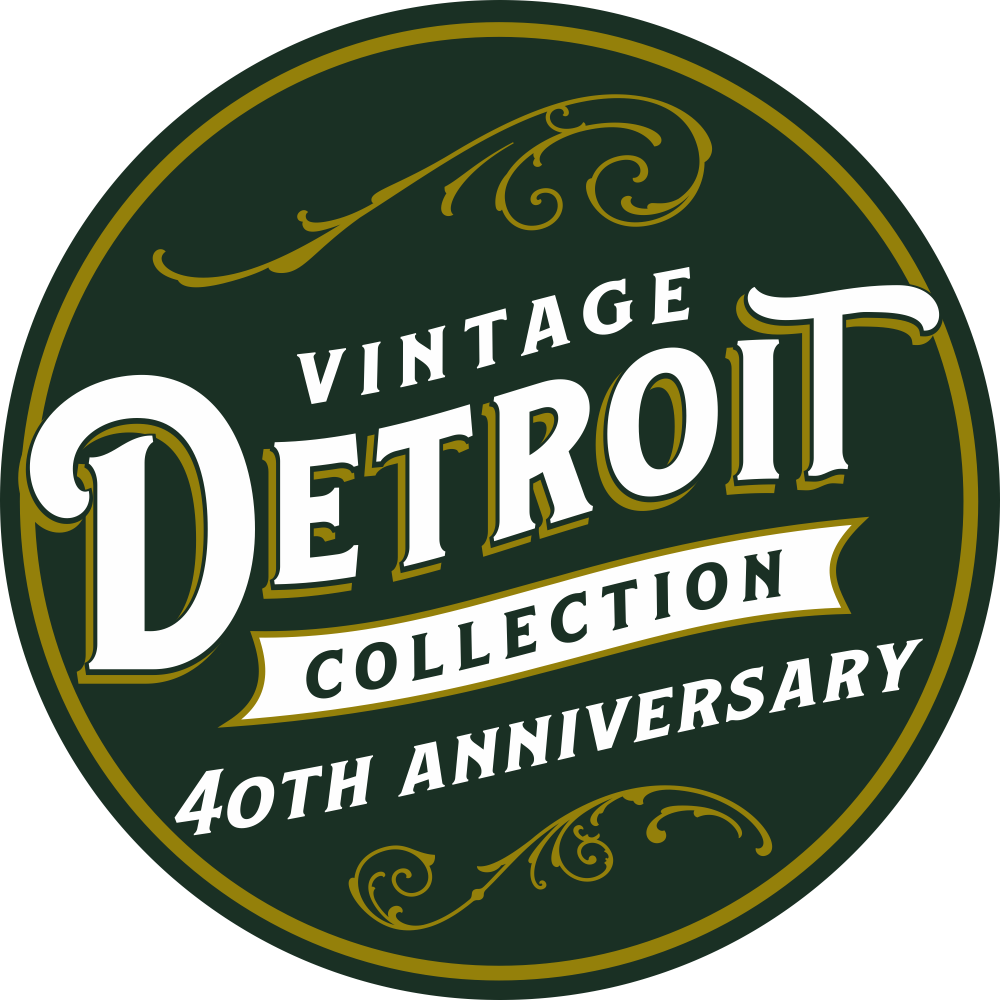Although over 80% of today’s NBA players are African-American, nearly forgotten in the games’ history are the trailblazing contributions of former Piston player and coach Earl Lloyd, and a handful of other black players who helped tear down the league’s color barrier.

“That first game was really uneventful and there was no publicity on it,” says Lloyd, 76 from his home in Crossville Tennessee. “Remember, at the time the NBA was this little ho-hum league,” he says. “Some high schools drew more fans to games.”
Inducted into the Basketball Hall of Fame last year, Lloyd also became distinguished by being the first black assistant coach and the first non playing black head coach when he was hired by the Pistons in 1971.
According to Ron Thomas, author of the groundbreaking book, “They Cleared the Lane: The NBA’s Black Pioneers( University of Nebraska Press 2002) “credit for the lifting of the league’s secret color ban must go to Knicks’ owner Ned Irish who had threatened to take his team out of New York if he were not allowed to sign Harlem Globetrotter star Nat “Sweetwater” Clifton.” The Globetrotters often played doubleheaders with the struggling NBA teams, and because they were a significant source of income, the owners had feared that Globetrotter’s owner Abe Saperstein would refuse to play those games if his monopoly on black talent was threatened.”
Given the green light, the Boston Celtic’s beat Irish to the punch on April 25, 1950 when they drafted Duquesne All American Chuck Cooper in the second round. Lloyd, from the small black college West Virginia State was then drafted in the eighth round by Washington while Clifton and Hank DeZonie were signed to play respectively for New York and the Tri-Cities Blackhawks.
“With the racial climate of Washington D.C. in 1950, I’d be hard pressed to believe that the Capitols would have selected me if it wasn’t for Red Auerbach and the Celtics picking Chuck Cooper,” Lloyd says. “I never dreamt that I would be picked.”
According to Ron Thomas, integration of the league slowly trickled in part because of a secret quota system the owners followed.
“The black players were available, but in the 1950’s the owners thought that ‘white people wouldn’t pay to see black players play,” says Thomas. It would be several years later before the first black superstars Elgin Baylor and Bill Russell arrived on the scene.
Raised in segregated Alexandria Virginia, and having gone from Kindgertan through college without any white peers, Earl Lloyd did not know what to expect when he arrived at the Washington Capitols training camp.
“When you’re treated as a fourth class citizen your whole life, it’s been drilled in that you’re inferior. But I had a great revelation. We all put our pants on the same way and I proved that I belonged,” he says.
The kindness of fellow rookie Bill Sharman, a Hall of Famer inducted as both a player and coach is still fondly remembered by Lloyd. “Everyday Bill picked me up for practice and drove me home. I can’t tell you how much that meant to me.”
“Earl and I became friends that first day in camp,” says Sharman, 76. “I was just surprised the league didn’t have quite a few black players. I grew up in California and had always played with them,” he says.
Lloyd says, “Throughout my career I never experienced one covert racist incident with a teammate or opponent perhaps because the basketball players were college educated and so many had played with blacks before.”
Fans were a different story though, and in cities like St. Louis, Fort Wayne, and Baltimore, Lloyd was often prohibited from eating in restaurants or staying at the team’s hotels.
“In my first home game in Washington, a white guy sitting behind my parents said, “Do you think this nigger can play basketball?” My mother turned right around, looked the guy in the eye, and politely said, ‘the nigger can play.’
In different cities, Lloyd heard fans screaming racial epithets, and although he never confronted it, the attention wasn’t ignored. “My folks taught me, ‘never dignify ignorance.’ There were some nasty people spilling venom but that meant I was playing well. It just made me play harder,” he says.
In Washington’s second road game, Lloyd experienced another act of kindness from a white person in his rookie year that has remained with him a lifetime.
“We stayed in a Fort Wayne hotel but I was prohibited from eating in the restaurant. My coach Bones McKinney, a southerner, came up to my room and said he wanted to eat with me. I said, ‘Bones you’ve got nine other players downstairs, you gotta take care of your team. The important thing is I know how you feel.’ I told Bones how much I appreciated the gesture.”
After just seven games, Lloyd was drafted again, but this time by the U.S. Army. Although he wondered if the move was possibly racially motivated, Lloyd reluctantly headed off to an Oklahoma artillery base. Two years later he resumed his career after being claimed by Syracuse in a supplemental draft when the Washington franchise folded.
In 1955, Lloyd and Jim Tucker became the first black players to play on a championship team when the Nationals defeated the Fort Wayne Pistons in a seven game series.
“Without Earl we never would have won the title,” says Dolph Schayes, the 76 year old Hall of Famer who was the team’s high scoring forward. “Earl was the guy who covered the other team’s best player and his strengths were rebounding, defense, and battling the boards.”
After six seasons in Syracuse, Lloyd and Dick Farley were sold in 1958 to the Pistons who had relocated to Detroit the previous year with a lineup that included the city’s first black NBA players, Sweetwater Clifton and seven foot center Walter Dukes.
For Lloyd, moving to Detroit “felt like a butterfly emerging from a cocoon.”
“Syracuse was a great stop professionally, but Detroit was really something special. I had a real love affair with the town. Over the next 42 years I forged some great relationships there, made lifelong friends, and was given many opportunities,” says Lloyd.
Lloyd played two seasons for the Pistons and then retired at age 32 to become the NBA’s first black assistant coach.
“In training camp for the ’60-’61 season, my coach Dick McGuire asked if I would be his assistant coach but I wasn’t ready to stop playing,” Lloyd says. “But when we played Philadelphia in Hershey Pennsylvania for an exhibition game I saw Wilt Chamberlain for the first time. I quit right there. I said, ‘coach the guy isn’t real. You’ve got your assistant coach’,” Lloyd chuckles while recalling the incident.
Throughout the 1960’s Lloyd continued his association with the struggling franchise by also serving as a scout and television commentator.
“It was especially frustrating for me because the Pistons would have been so much better if they had followed more of my scouting recommendations. I suggested they draft two players from small black colleges but they passed on them. They just happened to be future Hall of Famers Earl Monroe and Willis Reed.”
In November of 1971, when Piston’s head coach Butch van Breda Kolff quit unexpectedly, Lloyd resigned from his position with Chrysler Corporation to become the NBA’s first black bench coach.(Before Lloyd, Bill Russell, Al Attles, and Lenny Wilkins had been hired as player coaches)
Seven games into his second season, Lloyd was fired and replaced by Ray Scott. Although Lloyd describes his brief head coaching stint as “disastrous,” the team was without star Dave Bing for much of Lloyd’s first season due to a detached retina.
Lloyd then worked for the Detroit Board of Education and later for Dave Bing, founder and CEO of Bing Steel in Detroit. In 1999 Lloyd and his wife Charlita retired and moved to Crossville Tennessee. Last year he was inducted into the Basketball Hall of Fame in Springfield Massachusetts.
For the last few years, Lloyd has been hired by the league to speak with young players at the NBA rookie camp. He speaks briefly of his career and advises the rookies to “convince themselves that every year could be their last, and that it’s not what you make, but what you keep that’s important.”
Although Lloyd is rarely identified by today’s players for being a pioneer, he does recall one rookie who approached him afterwards, saying “we really owe you.”
“I said, ‘man, you owe me nothn’. The persons you owe are the ones who come after you. Your legacy is that when you leave the league you’ve left it a better place for the guys who come after you.’”
Lloyd cringes at the suggestion that he and the other black players who started in 1950 were the Jackie Robinson’s of basketball.
“I take polite issue with anyone who tries to compare me with Jackie because you do the man an injustice. That guy was all by himself. Players tried to hurt him, fans put black cats on the field, yet playing in that environment he was one of baseball’s best players.
Over half a century after Earl Lloyd made history by breaking the NBA’s color barrier, he still credits his success to an upbringing by his parents, teachers, Parker-Gray High School coach Louis Randolph Johnson and West Virginia State basketball coach Mark Cardwell. “I am so grateful for being at the right place, at the right time, with the right people.”
In his acceptance speech at the Basketball Hall of Fame, Lloyd said, “when you take a young black kid born in the cradle of segregation, I could have gone lot of different ways, so I was a big question mark. But I was touched by many good people. To go from a huge question mark to an exclamation point with my induction into the hall, it just doesn’t get any better than that.”




One reply on “Former Piston Earl Lloyd Recalls Breaking the NBA Color Barrier“
Comments are closed.